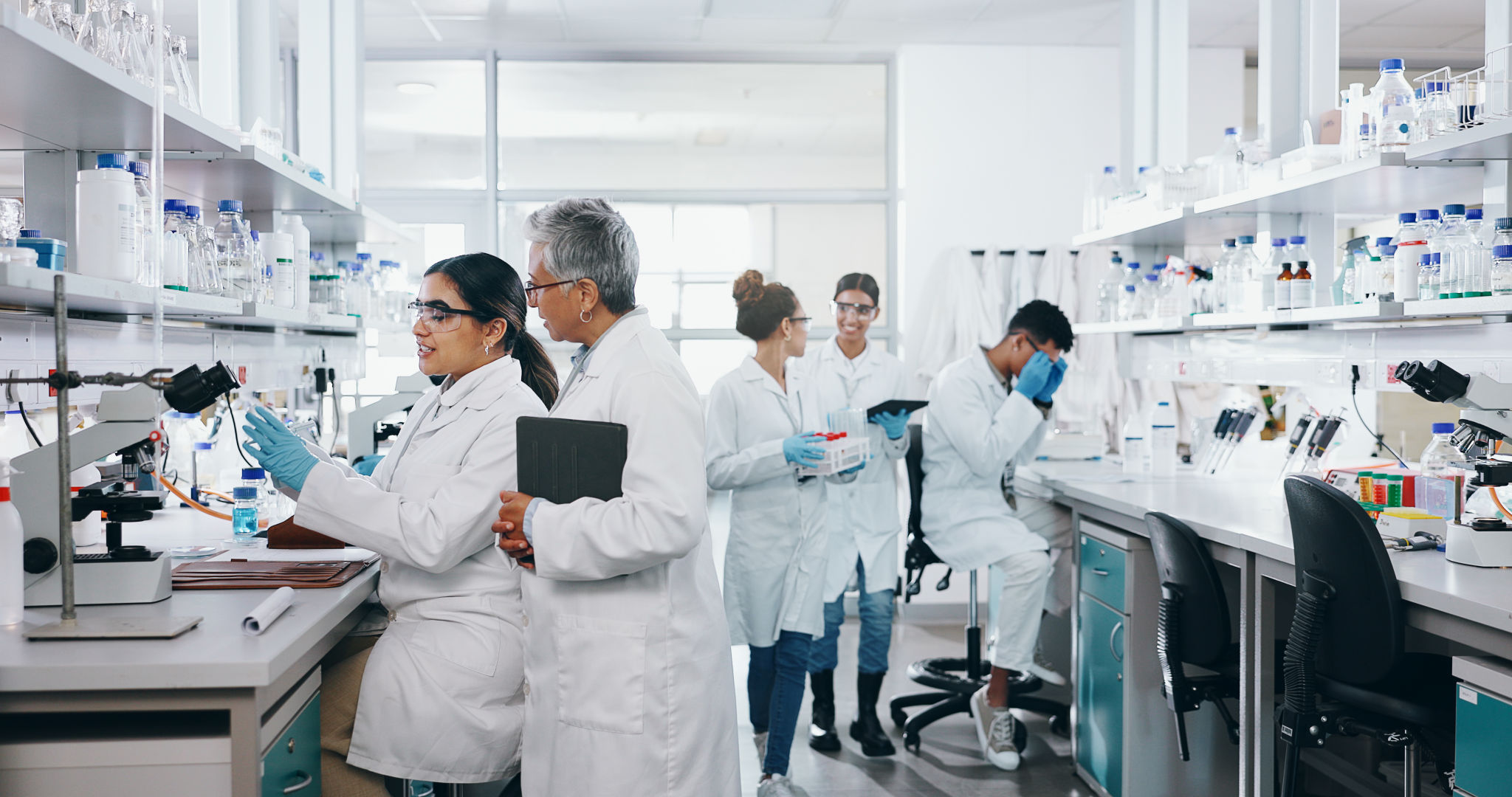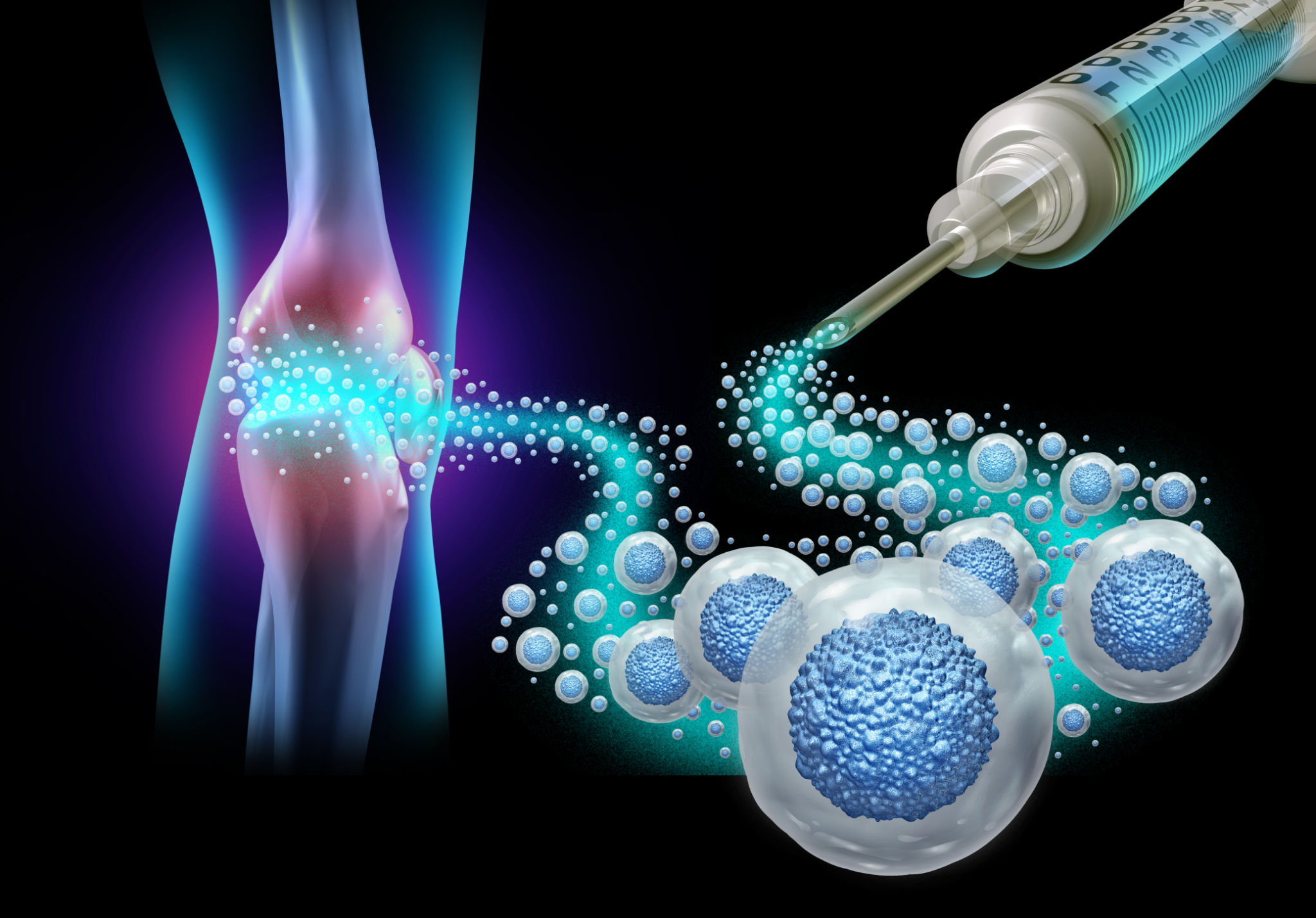Harnessing the Power of Skeletal Muscle Organoids: A Comprehensive Guide
Understanding Skeletal Muscle Organoids
Skeletal muscle organoids are three-dimensional, lab-grown structures that mimic the physiological properties of natural muscle tissue. These innovative models are revolutionizing the way scientists study muscle biology, disease mechanisms, and potential therapies. By providing a more accurate representation of human muscle tissue, organoids enable researchers to conduct experiments that were not possible with traditional two-dimensional cell cultures.

The creation of skeletal muscle organoids involves the differentiation of pluripotent stem cells or primary muscle cells into miniature muscle tissues. This process results in organoids that can contract and respond to stimuli similarly to natural muscles. The ability to reproduce complex muscular functions in a controlled environment opens up new avenues for understanding muscle development and degeneration.
Applications in Disease Research
Skeletal muscle organoids play a crucial role in disease research, especially in understanding muscular dystrophies, myopathies, and other neuromuscular disorders. These organoids provide a dynamic model to study the pathophysiology of these diseases, offering insights into cellular interactions and signaling pathways that are disrupted in diseased states.

Researchers can use organoids to test the efficacy of new drugs and therapies in a controlled setting before moving on to animal models or clinical trials. This approach significantly accelerates the drug discovery process and reduces reliance on animal testing. Furthermore, patient-specific organoids can be developed to tailor treatments to individual genetic profiles, paving the way for personalized medicine.
Advancements in Regenerative Medicine
In regenerative medicine, skeletal muscle organoids hold promise for tissue engineering and transplantation. By cultivating organoids from a patient's own cells, scientists can potentially create autologous tissue grafts for repairing damaged muscles without the risk of immune rejection.
Moreover, this technology is instrumental in advancing our understanding of muscle regeneration and repair mechanisms. Studying how organoids respond to injury and regenerate can lead to breakthroughs in developing therapies for muscle-wasting conditions and injuries.

Challenges and Future Directions
Despite the promising potential of skeletal muscle organoids, several challenges remain. One of the primary obstacles is replicating the complex architecture and vascularization of natural muscle tissue within organoids. Additionally, ensuring the long-term viability and functionality of these structures is crucial for their practical application.
Future directions involve enhancing the complexity of organoid models by incorporating additional cell types such as neurons and endothelial cells. This integration could provide a more holistic view of muscle function and its interaction with other systems. Researchers are also exploring bioprinting technologies to create more structurally accurate models.
Conclusion
Skeletal muscle organoids represent a significant leap forward in biomedical research, offering unprecedented opportunities to study muscle biology and develop novel therapies. As technology continues to advance, these organoids are expected to become indispensable tools in both basic and translational research, ultimately leading to more effective treatments for a wide range of muscle-related diseases.